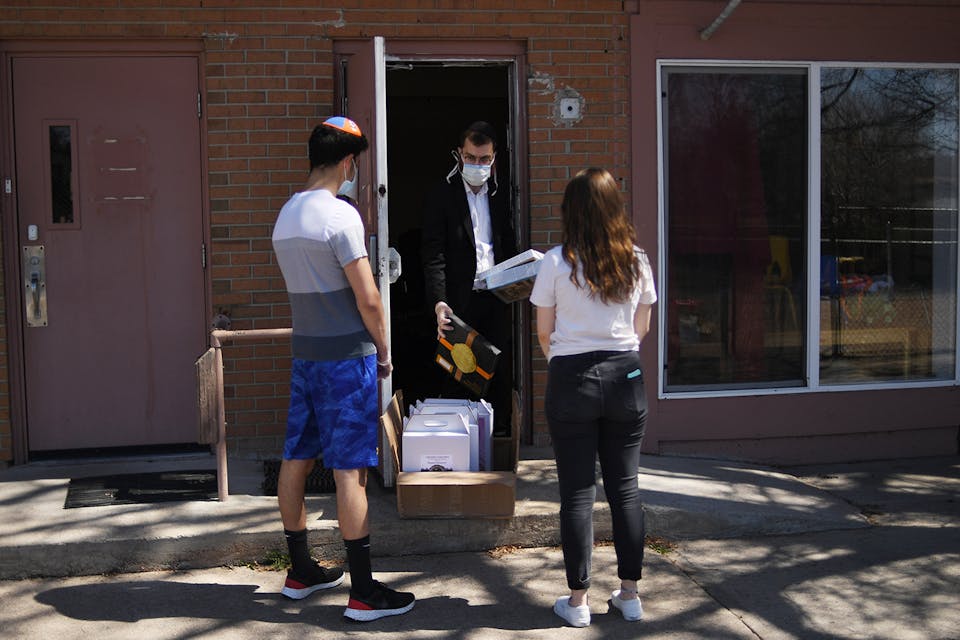
October 12, 2020
American Judaism’s Old Dinosaurs Roar Again
After being written off for years as slow and outmoded, Jewish federations and other large institutions are proving themselves indispensable in their response to COVID-19.
This is the first essay in a projected series about the impact of the coronavirus on different sectors of the American Jewish enterprise. This installment focuses on Jewish communal institutions. Future installments will look at Jewish religious life and at how educational institutions are responding.
Over six months into the COVID-19 outbreak in the United States, the duration of the crisis, let alone its longer-term consequences, are still unknowable. Yet virtually since the pandemic began, Jewish media have been flooded with articles that purportedly assess the impact of the crisis on Jewish communal life. Within weeks of the first shutdowns, observers set forth a narrative of decline, forecasting nothing less than the collapse of organized Jewish life. To cite just one of the many commentaries: “[the coronavirus] may be the final nail in the coffin of the post-World War II institutional American Jewish community.” As recently as early July, another writer prepared his readers for the impending burial: “Everything American Jews had built, along with seemingly everything else in a once-open and dynamic country of 350 million people, wilted before a disease that couldn’t be stopped.”
The consensus seemed to posit two reasons for decline that could be seen as being in tension with one another. On the one hand, conventional wisdom suggested that American Jewish organizations precipitated their own irrelevance by failing to adapt to new circumstances or experimenting with innovation. Jewish federations and communal organizations have been doing, more or less, what they have been doing for decades.